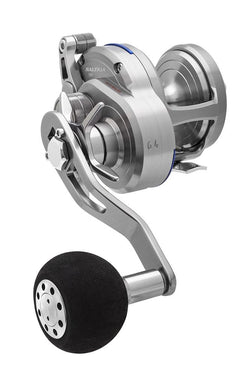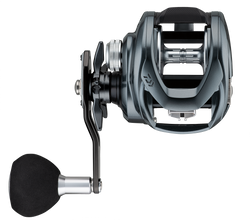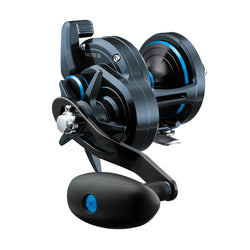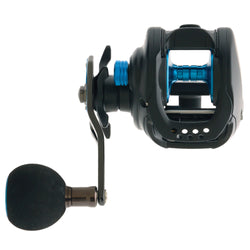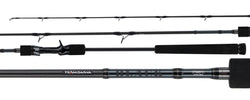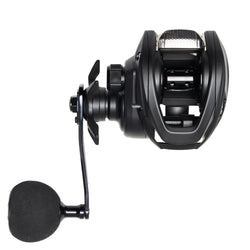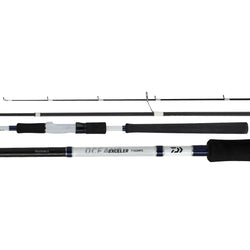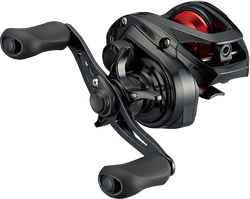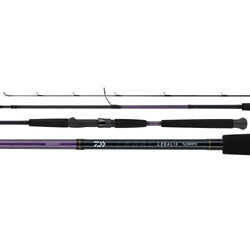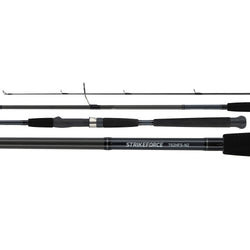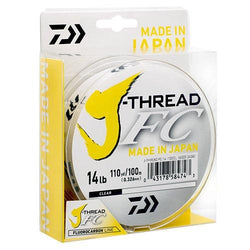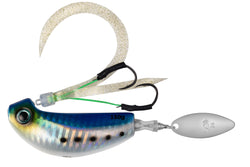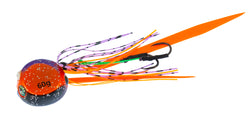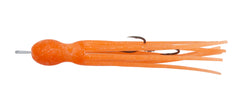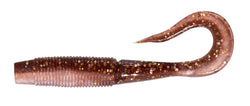
Ultimate Guide To Fishing Workups
The Run Down On Workups
Spring in the Hauraki Gulf is arguably the hottest fishing period on the seasonal calendar. Baitfish pour into the Gulf via the Jellicoe, Craddock and Colville Channels. Hot on their tails are a plethora of hungry predatory fish, birds and oceanic mammals wanting to pack on condition after a long tough winter & for their upcoming spawning seasons. The scenes that can unfold are nothing short of National Geographic-spec, and the fishing can be equally as impressive.
As dawn breaks on any given day on the Hauraki Gulf, the numerous gannet colonies come to life and squadrons of birds depart in search of pilchards. The synergy between the gannets and dolphins is one to be admired, the dolphins utilising their echo-location capabilities quickly round up schools of Pilchards to the surface where gannets rain down relentlessly. The utter chaos caused results in a war zone of scraps that slowly waft down the water column, resulting in predatory fish like snapper, kingfish and kahawai having a field day. As an angler, if you can get in the maelstrom of activity you’ll most likely experience fishing you won’t forget for a very long time!
A Workup refers to a concentrated feeding frenzy that occurs in places like Doubtless Bay, The Bay of Islands, Bream Bay and throughout the Hauraki Gulf during the spring season. It involves various marine species, including baitfish (mainly pilchards), predatory fish, birds (especially gannets), and marine mammals, all converging on a school of baitfish. This natural spectacle creates a chaotic scene where predators chase and feed on the baitfish, often resulting in intense surface activity. Workups are highly sought after by anglers as they provide excellent fishing opportunities and a chance to witness a remarkable marine ecosystem in action.
Workups in the Hauraki Gulf start in winter and build in intensity throughout spring as baitfish congregate along the coastline. Generally they taper off through summer and start to ramp up again in Autumn. Late Summer and Autumn offer inshore anglers work up opportunities with schools of Anchovies making their way in to inner harbour locations.
You usually find Workups during the spring season in the Hauraki Gulf. Workups are often spotted in several productive areas. One prime location is off Fantail Bay, located north of Coromandel township. Multiple launch points are available in this vicinity, and you'll often find substantial work-up activity within short distances, sometimes visible from the shoreAnother excellent area for spring work-ups is Whangaparaoa Bay, known for its abundant pilchards and ongoing work-up action. There are convenient launch spots in this area as well, with work-ups frequently occurring close to the coastline.Consider exploring the region behind The Noises islands, situated in approximately 42 meters of water. This spot, located about eight kilometers past The Noises, is consistently productive during spring, but it's crucial to choose suitable weather conditions.If the conditions are favourable wider spots like east of Flat Rock, The Squiggles, The Broken Islands, Channel Island and north of Anchorite can produce bigger fish. The further you travel the less boats you will encounter and most likely better work up action.
Workup patterns are relatively consistent and tend to stay close to their previous locations from day to day. Plan to head towards reported workup areas, and keep a sharp eye out as you go. The signs are there if you know what to look for. If you find an area with bait on the fish finder, dolphins and gannets circling high in the sky, it’s most likely that it won’t be long till a work up springs in to life.
Recognising a Workup in progress is essential for successful fishing. Look out for these indicators:
Gannets: Keep an eye on gannets, which are often the first sign of a Workup. If you see them flying fast and low away from their colonies, they are likely heading towards the action. If they are circling and flying high a work up is usually imminent.
Gannets on Water: Gannets sitting on the water and dunking their heads are usually watching bait underwater, a clear indication of baitfish. Closely packed rafts of gannets can indicate a work up has just finished, it’s worthwhile dropping lures. Widely spread gannets sitting sluggishly on the water usually means it’s slack tide or you’ve missed the action.
Dolphins: Dolphins are active participants in Workups. If you spot dolphins chasing bait or circling an area, it's a strong sign that a Workup is underway. Dolphins herd the bait to the surface, allowing the gannets to rain down, in turn attracting predatory fish.
Give Workups the space and time to develop without interfering by avoiding boats disrupting them before they have fully formed. Pay close attention to wind and tide direction to position your boat effectively, improving your fishing opportunities. Additionally, consider targeting the debris field left behind after a Workup, as this area can be highly productive for catching snapper and other species.
Use overhead or spin reels loaded with 20-30lb braid and 30lb fluorocarbon leaders. Using larger softbaits and jigs can entice bigger fish, while mechanical jigging and elevator-style rigs are effective for targeting larger models. Rods from 6’6” to 7’6” are ideal.
Consider using these lure options: Kohga Blade Breakers and Kohga Bayrubber Frees, which are technical sliding lures meticulously designed to imitate natural prey movement and appeal to snapper. They come in various colours tailored for different times of the day. Salitga SL and FK jigs are great options to get down fast and have bigger profiles to weed out the smaller fish. And softbaiting big 7” Jerkshads and 5.5” Wave Minnows on 2oz jigheads is a super fun way to fish through the water column and target bigger fish. These lures can all enhance your chances of a successful fishing outing during workups.
Respect fellow boaters by maintaining a safe distance and refraining from creating wakes in the vicinity. Additionally, practice selective fishing and only catch what you need, especially considering that snapper brought up from depths of around 30 meters or more may suffer from barotrauma, making their survival upon release less likely. Responsible behaviour ensures a sustainable and enjoyable fishing experience for years to come.
While workups are known for being an accessible and sometimes easy way to have a top tier fishing session, there’s some key info anglers should know in order to make the most of their time on the water. Here are our top tips to workup success.
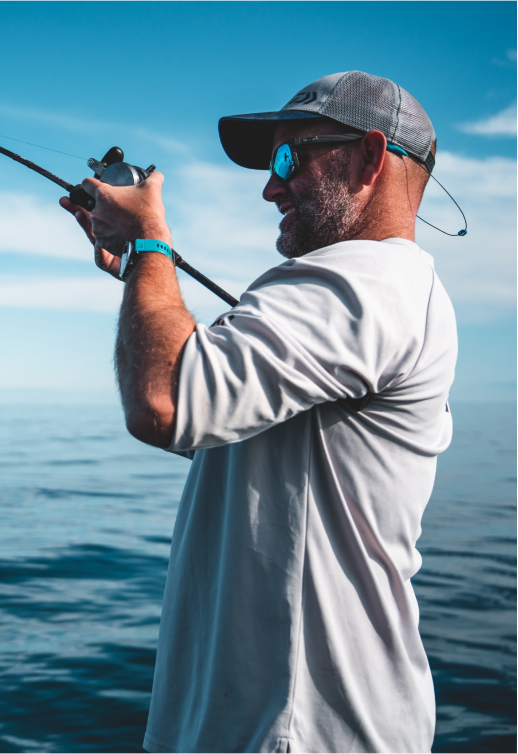
Take a good set of binoculars or a friend with sharp eyesight. Finding the birds is the key to a successful day on the water. A good set of polarised sunnies also pay dividends on those hazy glory days.
Watch the gannets, if lots of groups are flying fast and low heading away from their colonies, it’s likely they are heading towards the action. This can be a good direction to head. Gannets up high and circling usually mean bait is in the area and it won’t be long till something kicks off. Also, gannets sitting on the water regularly dunking their heads mean they are watching bait underwater, another sign the action isn’t too far away. Rafts of gannets sitting stationary is usually a sign that had workup has recently finished, if there is good sign on the fish finder it is worth having a drop. Rafts of gannets sitting over slack water usually means the fishing will be flat until the tide picks up again.
Watch the Dolphins too. Packs of fast-moving Dolphins are likely heading towards the action. When they are doing short, sharp bursts along the surface they are likely to be chasing bait. If they are circling in the same area, disappearing, then coming back up, they are likely to be trying to herd bait to the surface. It could be worth sticking around, particularly if the gannets are in the same area circling high. Keep an eye out for the whales too, if they are in an area the bait will be too.
When you find a workup, give it space and if it is kicking off, give it time. If boats are ripping through them before they get a chance to form, it is unlikely the fishing will get a chance to fire up either. The wind will push you towards a workup, so line up your drift to head down the edge and not through the middle. Put some consideration in to the tide direction too, the tide will push the scraps in the direction it is heading, understanding this will make sure you are putting your lures in the right zone
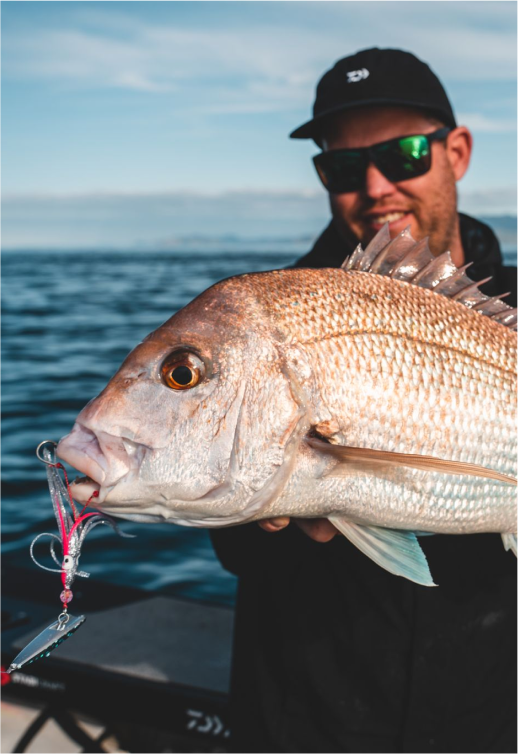
Think of a workup like a Tornado smashing through a town, where the workup has been it leaves a debris field of smashed up baitfish, this area can fish better than the workup itself for snapper. This is also a good tactic if kahawai are a problem in the workup, often the Snapper will be hanging back in the debris field.
Overhead reels are preferable for this style of fishing, loaded with 20-30lb braid and 20-30lb fluorocarbon leaders. Overhead reels are easier to click in to gear when you get bit on the drop. Braid has no stretch, so it allows the angler to impart more action in to their lures. Braid also increases the capacity of line on smaller/compact overhead reels. Heavier leaders give you security if you hook a bigger fish and hopefully mean less lures lost.
Snapper will sit high in the water column, be prepared to click your reel in to gear at any time. Often the bigger predatory fish will sit higher in the water column.
Big bait, big fish. Increase the profile of your Kohga by adding the Mega 6 and you tend to get the next size up in fish.
It can be worth mechanical jigging around the workups, especially when the water warms up as there can be a lot of Kingfish in attendance. Big Snapper also love a long jig, so don’t be surprised when you get stuck in to the Snapper on them.
Also big softbaits on super heavy jigheads can be good for targeting larger models. Use a large 5.5” Wave Minnow or even a 10” Gar to fire up the big fish.
Workup Rods and Reels
Workup Lures & Accessories
Nothing beats the natural spectacle of a workup. Whales, dolphins, kingfish and other predators pushing bait to the surface while gannets rain down on the schools from above and hungry snapper feed on the scraps falling to the sea floor bellow. Sometimes the excitement of being in the middle of these workups is all too much for us fisherman and common sense goes out the window so here are a few things to remember.
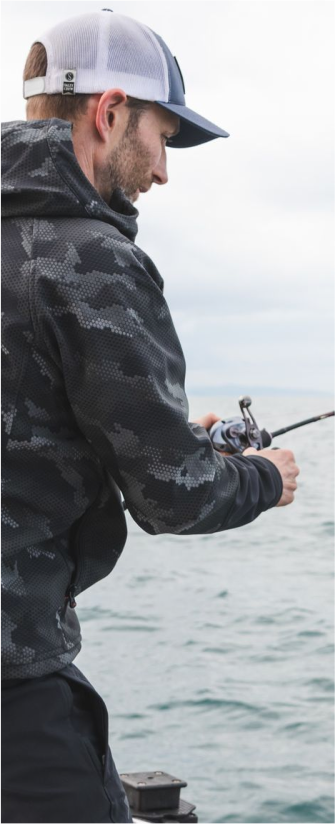
Don’t Always Rely
On Social Media Reports!
Workups can be very fast moving and do move around a lot so don’t rely on intel you’ve seen on the internet. Too many people these days jump on Facebook or Instagram and go exactly where someone was fishing yesterday. They won’t necessarily still be there and it can take the reward out of finding the workup yourself!
Be Respectful Of Other Boaties
When you do find a workup, just remember the rules of the road at sea still apply. Five knots within 50 meters of any other boat and make sure not to create a dangerous wake for any other vessels. Don’t go blasting through the middle of a workup, no one likes that guy. Work out your drift direction and make sure you aren’t going to drift into anyone. Be courteous and if you find yourself drifting below or into another boat that was there first just move out of the way.
Only Catch What You Need
Workups are an amazing spectacle but the biggest thing to remember is that snapper don’t like coming up from the depths so be very selective with what you release. When brought up from depths of roughly 30m+, snapper will suffer from barotrauma and are unlikely to survive upon release. Obvious signs can be guts coming out of orifices and/or blood seeping out. These fish are best to be enjoyed by you and not sent back to the ocean. If you want to release fish then head into the shallows and try softbaiting, or just sit back relax and enjoy watching the carnage unfold around you.

